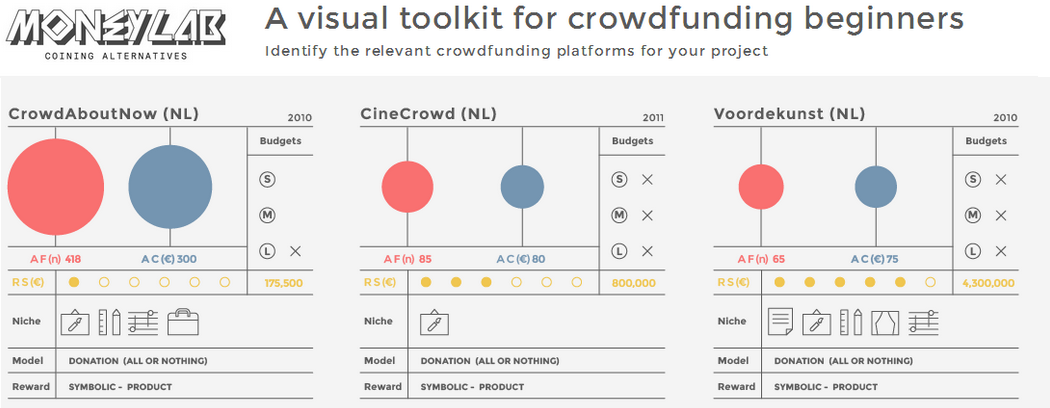
An interview with Jane Huldman, cultural producer at art centre Stroom Den Haag, on an art project and a cultural business initiative in The Hague called The Honey Bank. Stroom has been involved with the Honey Bank project that originated in France thanks to the artist Olivier Darné and the artists collective Parti Poetique. Stroom wanted a similar HoneyBank project in The Netherlands, and were successful. The crowdfunding campaign took place via a website developed for the project: www.honingbank.nl
What resources do you usually approach to get financing for your projects?
Stroom itself relies strongly on governmental subsidies and helps other artists to start off their career. With the Honey Bank project we engaged with a new territory. For this project we involved all kinds of organisations and private persons to get sponsors, for example the expat community (that is richly represented in The Hague), Shell, Ecoplazza, NGOs, the province, hotels, restaurants, among others who kickstarted the project really well.
What made you decide to crowdfund and why did you choose your own website?
We organized the campaign through our own website as wanted to realize the project in The Hague by supporting the artist who started the Honey Bank project in France.
How did the process of crowdfunding go? What were the biggest challenges?
The most challenging thing for us was the marketing and communication part, say crowdsourcing, with the bakers in order to create commitment from a wide range of interested people. We had to hire extra hands, to organize this commitment and experts in marketing, to get this going. It took a lot of time to keep everyone enthusiastic about the initiative. The right expertise on this kind of communication is a skill that not is not (yet) represented in our organisation. While there we are experienced when it comes to communicating our artistic program because we work with artists who know a lot about their work, but we are not experienced with creating a network of funders.
How did crowdfunding change your perception about getting financed?
The whole creative industry sector cannot only rely on crowdfunding, since many artists are not able to reach an audience themselves. Crowdfunding activities can change your relation with your product and your audience as well. It is a potential threat to the artists’ freedom of expression.
How would you describe the experience with the crowd? Did engagement with it made you change anything to your project (production, concept, or your expectation of it)?
Some artists, like Ingrid Rollema, are doing really well with crowdfunding. We also used her experience to help us develop the artist community for the Honey Bank project. As an artistic project, it also needs the involvement of the art world and other artists to keep it going, which is not that easy to manage because of the social character and meaning of the project.
What were the difficulties encountered? Did any aspects of crowdfunding made you feel uncomfortable?
If a project does not aim to involve a larger audience, or if the project’s topic does not address the public domain, then it would be hard to organize a crowdfunding campaign for it. It would hinder the artists involved in organizing their talents. Contact with an audience is not always fruitful for developing your work.
How do you feel about the platform: did the possibilities (for sharing, for uploading, for engagement with the public) fit your needs?
We did not use an external crowdfunding platform but our own. Even with this decision, we certainly needed expert knowledge to get the campaign going.
How many people you know are also crowdfunding?
There are quite a few I know. However, here at Stroom we think that it’s up to the artists to try their own method in organising funds for their work.
Is crowdfunding a financial solution for you?
It was fun, interesting and instructive to do but more as an experiment. Every project seems to have its own dynamics but that depends on the artists’ expression and involvement with the audience. In the end, crowdfunding is all about communication.
Would you crowdfund again?
Maybe yes, but depending on the goal of the project and the impact for the organisation. The campaign was interesting for finding out what the possibilities we have in involving an audience in a project. Most artists makes work from an intrinsic motivation and are not involved in the communication strategy with their potential audience. Art communicates in an attractive way but this is very different from the Crowdfunding activities.


